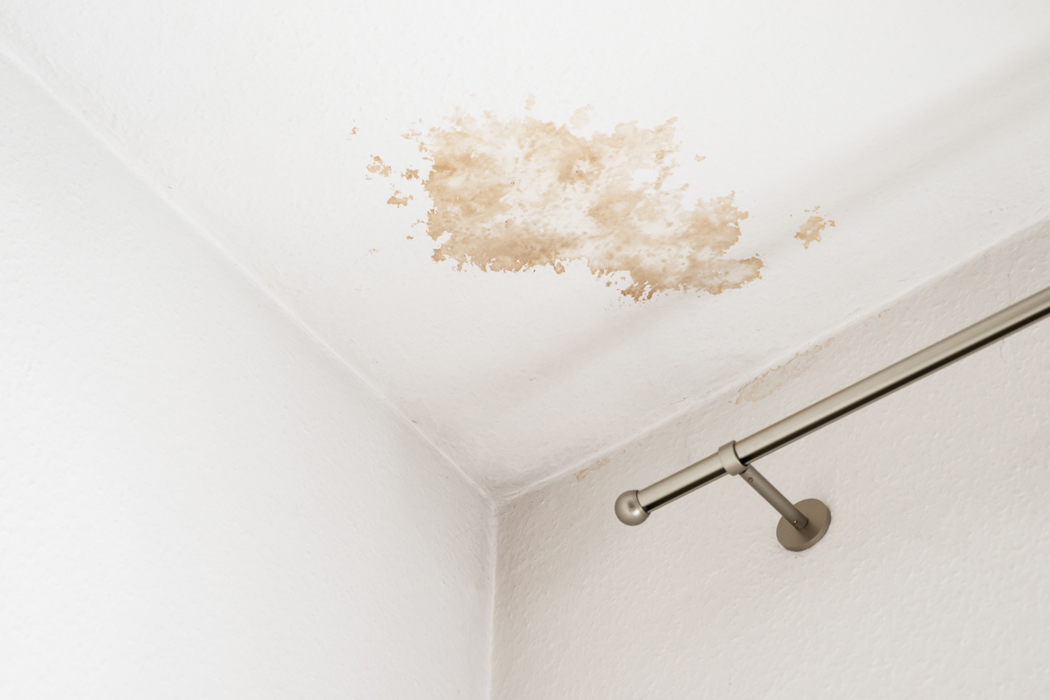Mold is a common but often misunderstood household issue. It’s not just an aesthetic problem; it can also pose serious health risks and cause structural damage if left unchecked. In this post, we’ll explore what mold is, how it forms, and why it’s essential to address mold problems promptly.
What is Mold?
Mold is a type of fungus that thrives in damp, warm, and humid environments. It reproduces through tiny spores that travel through the air. These spores are present everywhere, both indoors and outdoors, and they can easily enter homes and buildings through windows, doors, and HVAC systems. Once mold spores land on a suitable surface with the right conditions, they begin to grow.
There are thousands of different types of mold, but some of the most common varieties found indoors include:
- Aspergillus: Often found on dust, powdery food items, and building materials.
- Cladosporium: Typically found on wood, textiles, and other damp, porous materials.
- Stachybotrys chartarum: Also known as black mold, it grows on materials with a high cellulose content, such as paper and fiberboard.
How Does Mold Form?
Mold formation requires a combination of the right conditions:
- Moisture: Mold needs water to grow. This can come from a variety of sources, including leaks, condensation, or high humidity.
- Food Source: Mold feeds on organic materials. In a household, this can include wood, drywall, carpets, and even dust and dirt.
- Temperature: Mold thrives in warm conditions, typically between 60 and 80 degrees Fahrenheit (15-27 degrees Celsius). However, some molds can grow in colder or hotter conditions.
- Time: Given the right conditions, mold can begin to grow in as little as 24-48 hours.
Common Areas for Mold Growth
Understanding where mold is likely to form can help you take preventive measures. Some of the most common areas for mold growth in homes and buildings include:
- Bathrooms: High humidity and frequent water use make bathrooms a prime location for mold. Look for mold in showers, around sinks, and in any areas with poor ventilation.
- Basements: Basements are often damp and poorly ventilated, providing an ideal environment for mold growth. Check for mold on walls, floors, and around windows.
- Kitchens: Leaks from sinks, refrigerators, and dishwashers can lead to mold growth. Pay attention to areas under sinks and behind appliances.
- Attics: Poor ventilation and roof leaks can cause mold to grow in attics. Inspect roof beams, insulation, and stored items for signs of mold.
Health Risks Associated with Mold
Exposure to mold can cause a variety of health issues, particularly for those with allergies, asthma, or weakened immune systems. Common symptoms include:
- Respiratory problems, such as coughing, sneezing, and shortness of breath.
- Skin irritation, including rashes and itching.
- Eye irritation, such as red, watery, or itchy eyes.
- In severe cases, mold exposure can lead to more serious health problems, including lung infections.
Preventing and Addressing Mold
Preventing mold growth is the best way to protect your home and health. Here are some tips to keep mold at bay:
- Control Humidity: Keep indoor humidity levels below 60%. Use dehumidifiers and air conditioners to help control moisture levels.
- Fix Leaks Promptly: Repair any leaks in roofs, walls, or plumbing as soon as they are discovered.
- Ensure Proper Ventilation: Use exhaust fans in bathrooms and kitchens to reduce moisture. Ensure that your home’s ventilation system is working correctly.
- Clean and Dry: Clean and dry any damp or wet materials within 24-48 hours to prevent mold growth. Pay special attention to areas prone to moisture.
If you do find mold in your home, it’s essential to address it quickly. Small areas of mold can often be cleaned with household cleaners, but larger infestations may require professional remediation.
Conclusion
Mold is a common issue that can have serious health and structural implications if not properly addressed. By understanding what mold is and how it forms, you can take proactive steps to prevent its growth and keep your home safe and healthy. At Arizona Mold Removal Pros, we can help with this and keep you and your home healthy and safe.



